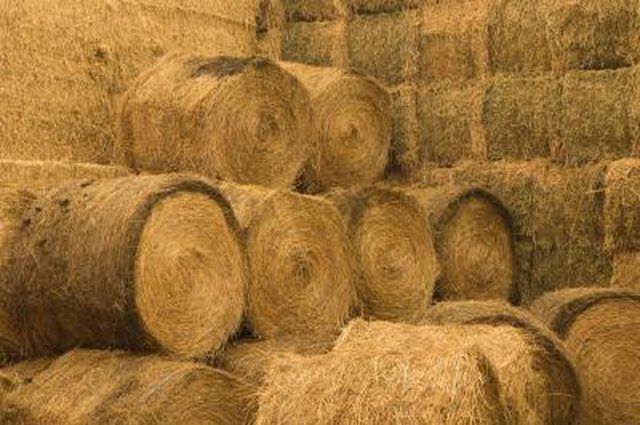Bulbs
Flower Basics
Flower Beds & Specialty Gardens
Flower Garden
Garden Furniture
Garden Gnomes
Garden Seeds
Garden Sheds
Garden Statues
Garden Tools & Supplies
Gardening Basics
Green & Organic
Groundcovers & Vines
Growing Annuals
Growing Basil
Growing Beans
Growing Berries
Growing Blueberries
Growing Cactus
Growing Corn
Growing Cotton
Growing Edibles
Growing Flowers
Growing Garlic
Growing Grapes
Growing Grass
Growing Herbs
Growing Jasmine
Growing Mint
Growing Mushrooms
Orchids
Growing Peanuts
Growing Perennials
Growing Plants
Growing Rosemary
Growing Roses
Growing Strawberries
Growing Sunflowers
Growing Thyme
Growing Tomatoes
Growing Tulips
Growing Vegetables
Herb Basics
Herb Garden
Indoor Growing
Landscaping Basics
Landscaping Patios
Landscaping Plants
Landscaping Shrubs
Landscaping Trees
Landscaping Walks & Pathways
Lawn Basics
Lawn Maintenance
Lawn Mowers
Lawn Ornaments
Lawn Planting
Lawn Tools
Outdoor Growing
Overall Landscape Planning
Pests, Weeds & Problems
Plant Basics
Rock Garden
Rose Garden
Shrubs
Soil
Specialty Gardens
Trees
Vegetable Garden
Yard Maintenance
Sugar Content in Timothy Hay and Orchard Grass Hay
Sugar Content in Timothy Hay and Orchard Grass Hay. Hay provides nutrients and fiber in a horse’s and other foragers’ diets and is especially important for grazing animals with minimal pastureland land available. Hay also supplies sugar and while some horses are sensitive to that sugar, other grazing animals like cows are unaffected.

Hay provides nutrients and fiber in a horse’s and other foragers’ diets and is especially important for grazing animals with minimal pastureland land available. Hay also supplies sugar and while some horses are sensitive to that sugar, other grazing animals like cows are unaffected.
Evaluation
The sugar content of feeds and hay is evaluated based on the starch and ethanol soluble carbohydrate -- also called simple sugars -- content. Measurements are given in ranges because sugar content can vary depending on the season, the climate, the height of the hay, the maturity of the hay and whether or not the hay has already been harvested and begun to regrow.
Timothy Hay
Timothy hay is considered a medium sugar hay. This warm-season grass measures at the low end of the normal range for ethanol soluble carbohydrates, measuring between 4.7 percent and 10.9 percent. Timothy hay also measures at the low end of the normal range for starch, measuring between 1.5 percent and 4 percent.
Orchard Grass
Orchard grass is a cool-season grass hay. Because it matures early in the growing season when the weather is wet, it can be susceptible to mold. Orchard grass is similar in starch levels to Timothy hay but can be significantly higher in ethanol soluble carbohydrate, measuring up to 20 percent.